The Best Companion Plants For Culver's Root
Title: The Best Companion Plants for Culver's Root
Introduction:
Culver's root (Veronicastrum virginicum) is a tall, graceful perennial plant that is native to North America. It is known for its spikes of white or pink flowers that bloom in late summer. Culver's root is a relatively easy plant to grow and care for, and it is a valuable addition to any garden.
One of the best things about Culver's root is that it is a companion plant. This means that it can be planted near other plants to benefit both plants. Companion planting can help to improve the health, growth, and productivity of plants. It can also help to attract beneficial insects and pollinators.
There are many different plants that can be companion plants for Culver's root. Some of the best options include:
- Bee balm: Bee balm is a tall, fragrant herb that attracts bees and other pollinators. It can help to pollinate Culver's root flowers, which will help to increase the number of seeds that are produced.
- Black-eyed Susan: Black-eyed Susan is a native wildflower that is easy to grow and care for. It blooms in the summer and attracts butterflies and other beneficial insects.
- Coneflower: Coneflower is another native wildflower that is a popular choice for companion planting. It blooms in the summer and attracts butterflies, bees, and other pollinators.
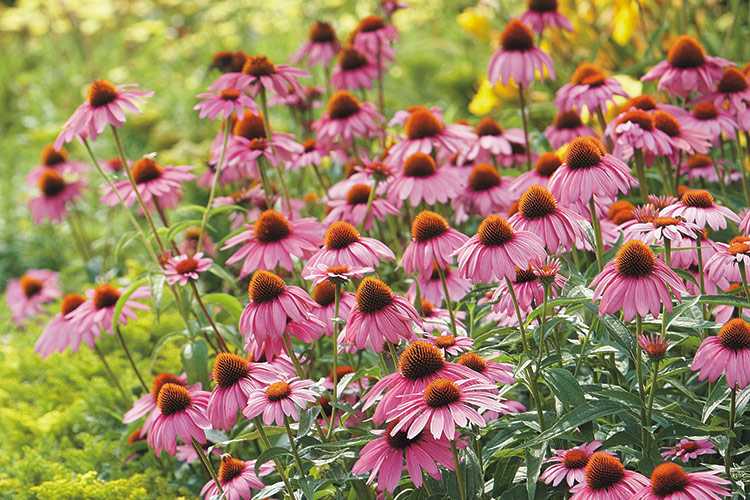
- Echinacea: Echinacea is a medicinal herb that is known for its immune-boosting properties. It can also help to attract beneficial insects.
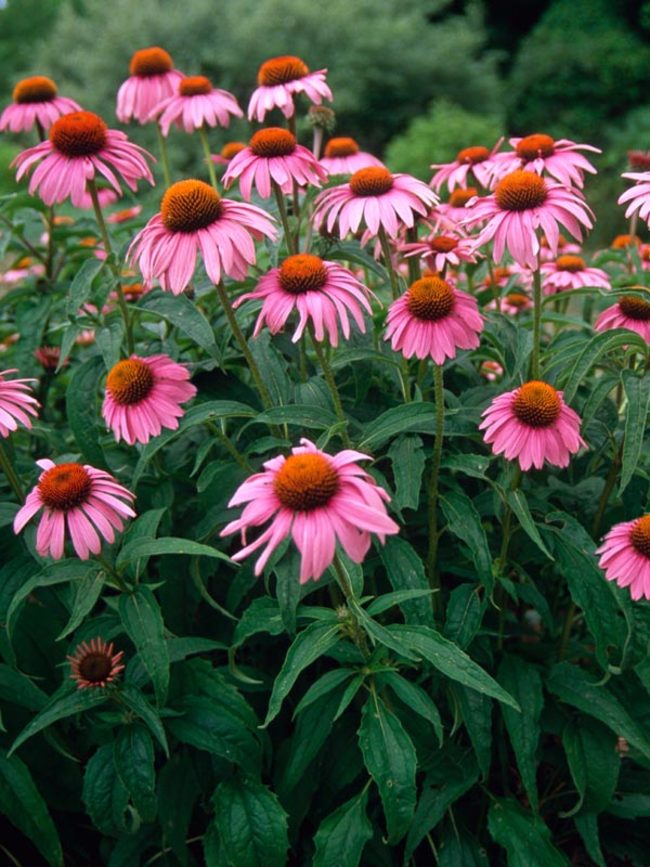
- Goldenrod: Goldenrod is a tall, showy wildflower that blooms in the fall. It attracts butterflies and other pollinators.
- Joe Pye weed: Joe Pye weed is a tall, native wildflower that blooms in the summer. It attracts butterflies and other beneficial insects.
- Milkweed: Milkweed is a host plant for monarch butterflies. It is an important plant for conservation.
- Monarda: Monarda is a fragrant herb that is known for its pollinator-attracting properties. It can also help to repel pests.
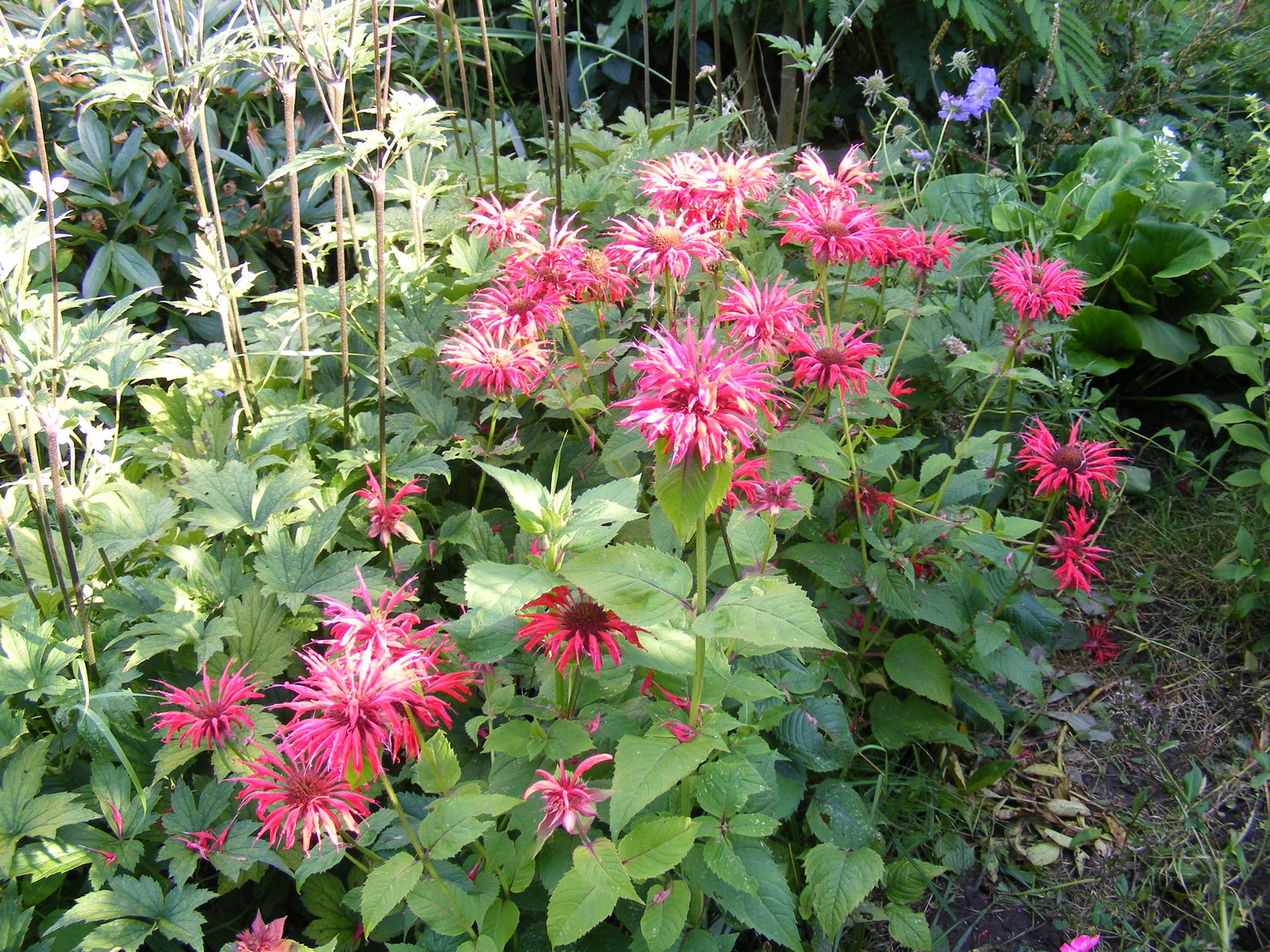
- Penstemon: Penstemon is a tall, colorful wildflower that blooms in the summer. It attracts butterflies and other pollinators.
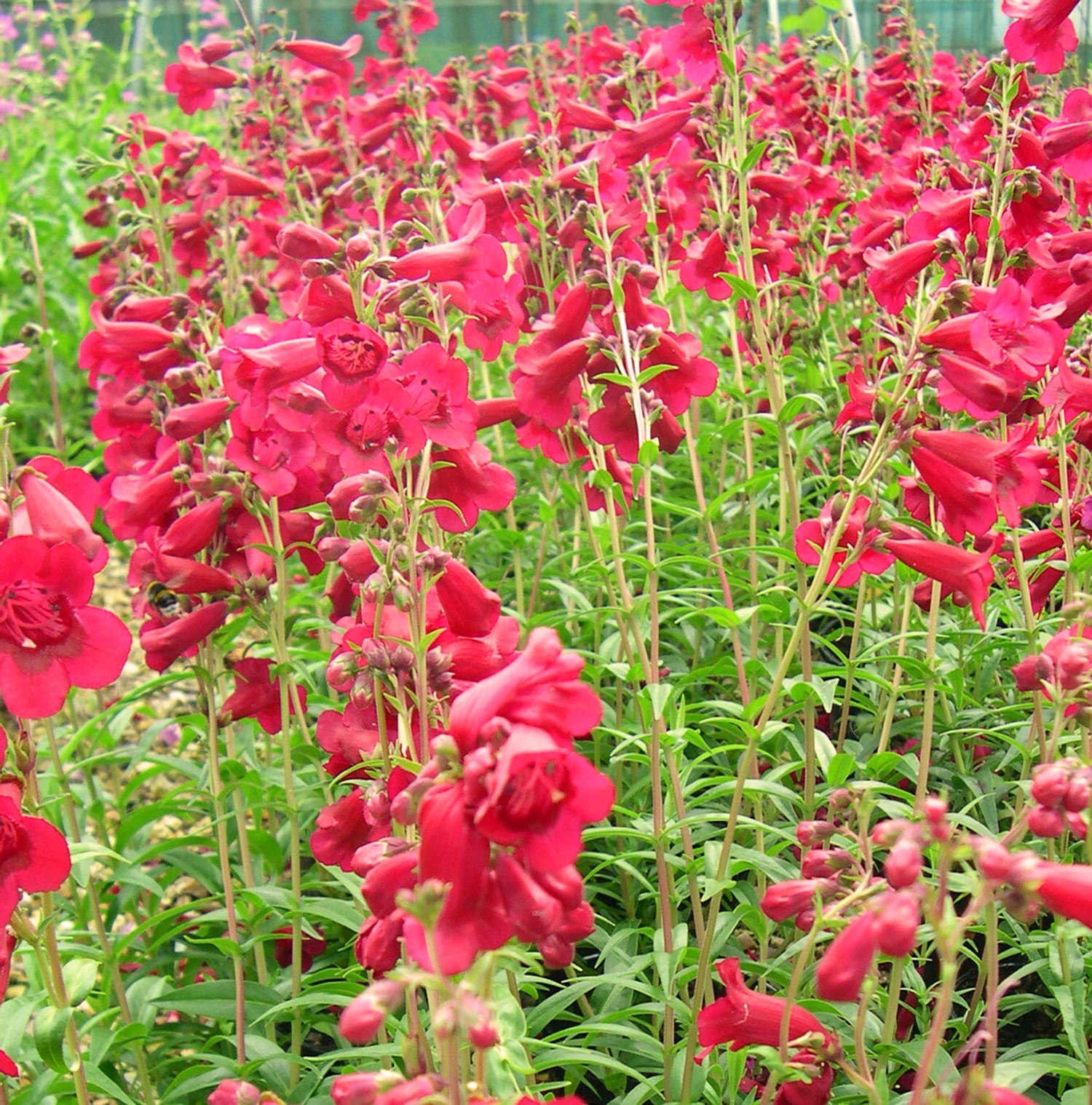
- Sunflower: Sunflowers are tall, sunny flowers that attract butterflies and other pollinators. They can also help to attract beneficial insects.
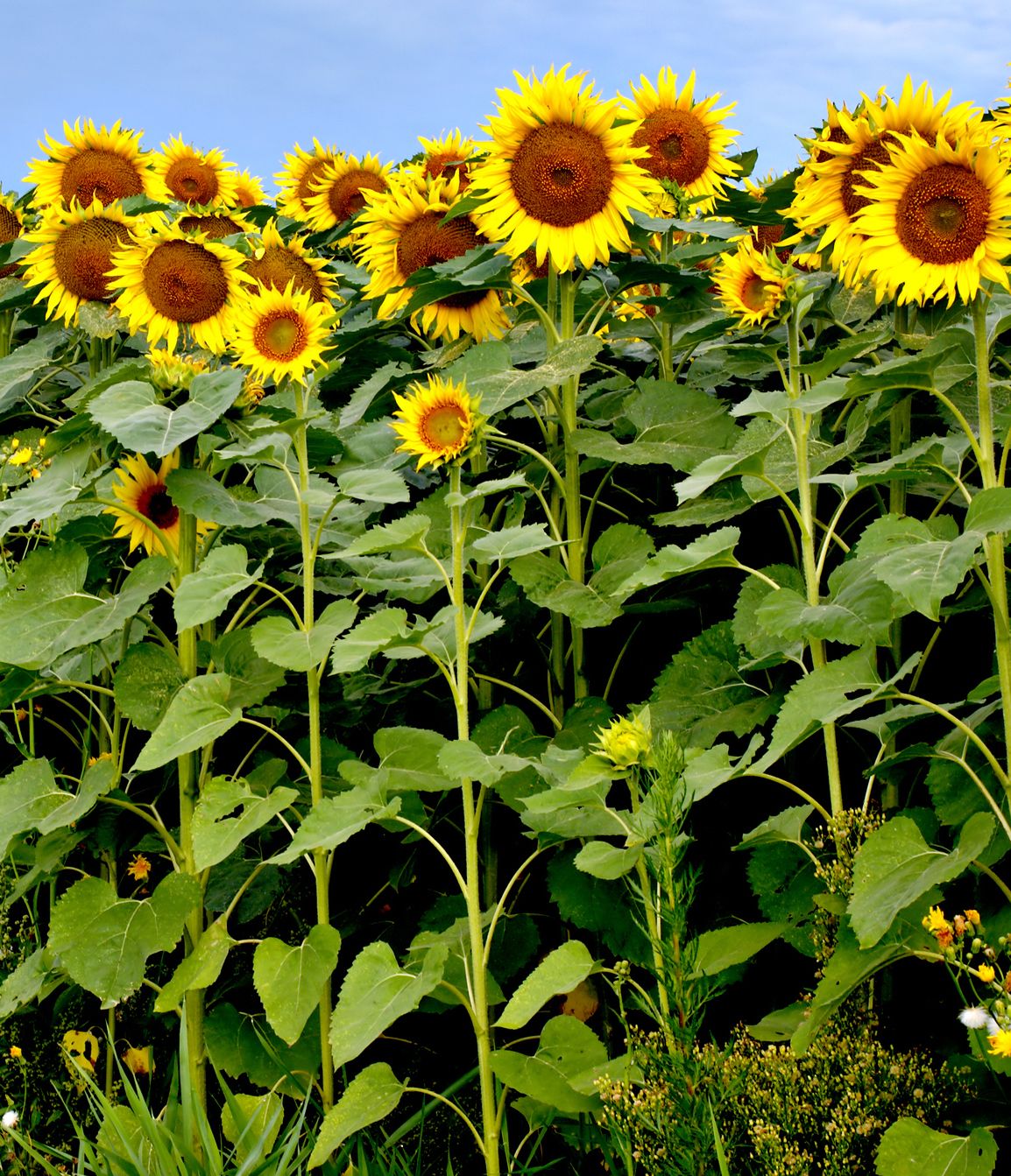
These are just a few of the many different plants that can be companion plants for Culver's root. When choosing companion plants, it is important to consider the plants' growing conditions and the types of benefits that you are looking for.
Conclusion:
Culver's root is a beautiful and versatile plant that can be a valuable addition to any garden. By planting it with compatible companion plants, you can help to improve its health, growth, and productivity. You can also attract beneficial insects and pollinators to your garden.
If you are looking for companion plants for Culver's root, I recommend choosing from the list of plants that I have mentioned in this blog post. These plants are all compatible with Culver's root and they can offer a variety of benefits. With a little planning, you can create a beautiful and productive garden that is full of healthy plants.
Culver's root (Veronicastrum virginicum) is a tall, native perennial that blooms in late summer with spikes of white flowers. It is a versatile plant that can be used in a variety of garden settings. When choosing companion plants for culver's root, it is important to consider the plant's growth habit, sunlight requirements, and soil conditions. Some good companion plants for culver's root include:
- Lead plant (Amorpha canescens): A tall, upright plant with blue-purple flowers that blooms in late summer.
- Heath aster (Aster ericoides): A low-growing, spreading plant with white or pink flowers that blooms in fall.
- Shooting star (Dodecatheon meadia): A small, wildflower with pink or purple flowers that blooms in spring.
- Rattlesnake master (Eryngium yuccifolium): A tall, spiky plant with blue flowers that blooms in summer.
- Flowering spurge (Euphorbia corollata): A low-growing, spreading plant with yellow flowers that blooms in summer.
- Sawtooth sunflower (Helianthus sawtooth): A tall, sunflower-like plant with yellow flowers that blooms in summer.
- Wild bergamot (Monarda fistulosa): A tall, upright plant with purple flowers that blooms in summer.
- Mountain mint (Pycnanthemum muticum): A low-growing, spreading plant with white flowers that blooms in summer.
- Yellow coneflower (Rudbeckia hirta): A tall, coneflower-like plant with yellow flowers that blooms in summer.
- Black-eyed Susan (Rudbeckia triloba): A low-growing, daisy-like plant with black-and-yellow flowers that blooms in summer.
- Compass plant (Silphium laciniatum): A tall, upright plant with orange flowers that blooms in summer.
- Prairie dock (Silphium terebinthinaceum): A tall, upright plant with yellow flowers that blooms in summer.
- Stiff goldenrod (Solidago rigida): A tall, goldenrod-like plant with yellow flowers that blooms in summer.
- Cordgrass (Spartina pectinata): A tall, grass-like plant with green or brown flowers that blooms in summer.
- Prairie dropseed (Sporobolus heterolepis): A low-growing, grass-like plant with brown flowers that blooms in summer.
- Golden Alexanders (Zizia aurea): A low-growing, spreading plant with yellow flowers that blooms in spring.
For more information about culver's root companion plants, please visit Home Gardening.
FAQ of culver's root companion plants
- What are some good companion plants for culver's root?
Culver's root (Veronicastrum virginicum) is a tall, upright perennial plant that is native to North America. It has spikes of white or lavender flowers that bloom in late summer. Culver's root is a relatively easy plant to grow and is not particularly demanding in terms of its companion plants. However, there are a few plants that can benefit from being planted near culver's root. These include:
* Other native plants: Culver's root is a good choice for a pollinator garden, and it can be planted with other native plants that attract butterflies, bees, and other beneficial insects. Some good companion plants for culver's root include purple coneflower, black-eyed Susan, bee balm, and Joe Pye weed.
* Grasses: Culver's root can also be planted with grasses, such as switchgrass, big bluestem, and prairie sedge. These grasses provide structure and movement to the garden, and they can help to suppress weeds.
* Perennials: Culver's root can also be planted with other perennials, such as lead plant, heath aster, rattlesnake master, and flowering spurge. These plants will bloom at different times of the year, so they can help to extend the flowering season in the garden.
- How do I plant culver's root companion plants?
When planting culver's root companion plants, it is important to consider the size and growth habit of each plant. Culver's root can grow up to 6 feet tall, so it is important to plant it behind shorter plants. Other plants should be spaced according to their mature size.
It is also important to consider the soil conditions when planting culver's root companion plants. Culver's root prefers moist, well-drained soil that is rich in organic matter. Other plants should have similar soil requirements.
- How do I care for culver's root companion plants?
Culver's root companion plants are relatively easy to care for. They need regular watering, especially during the first year after planting. They should also be fertilized once a year in the spring.
In addition to regular watering and fertilizing, culver's root companion plants may need to be deadheaded to remove spent flowers. This will encourage new blooms.
- How do I propagate culver's root companion plants?
Culver's root companion plants can be propagated by division or by seed. Division is the most common method. To divide a plant, dig it up in the spring or fall and carefully separate the roots into smaller clumps. Replant the clumps in prepared soil.
Culver's root can also be propagated from seed. Sow the seeds in the fall or spring in a well-drained seedbed. The seeds will need light to germinate, so do not cover them with soil. Keep the seedbed moist until the seeds germinate.
Image of culver's root companion plants
- Coneflower. Coneflowers are a popular choice for companion planting with culver's root because they attract beneficial insects, such as ladybugs and lacewings, which help to control pests. They also help to improve the soil quality around the culver's root.
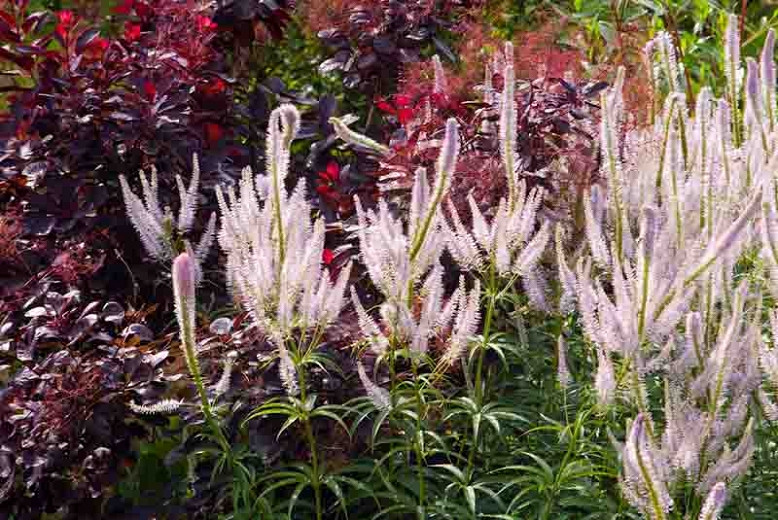
- Yarrow. Yarrow is another good companion plant for culver's root. It helps to repel pests, such as aphids and spider mites. It also helps to improve the drainage around the culver's root.
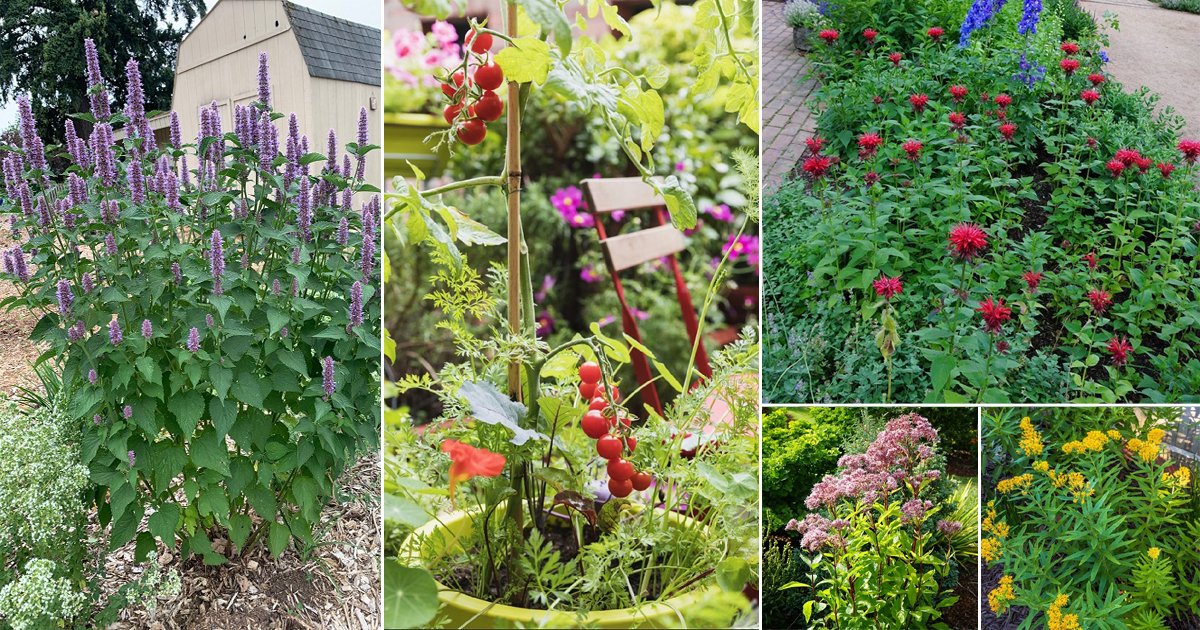
- Echinacea. Echinacea is a flowering plant that is native to North America. It is known for its medicinal properties, but it is also a good companion plant for culver's root. Echinacea helps to attract beneficial insects and repel pests. It also helps to improve the soil quality around the culver's root.

- Bee Balm. Bee balm is a flowering plant that is native to North America. It is known for its attractive flowers and its nectar, which attracts bees and other pollinators. Bee balm also helps to repel pests, such as mosquitoes and flies.

- Lavender. Lavender is a flowering plant that is native to the Mediterranean region. It is known for its fragrant flowers and its insect-repelling properties. Lavender helps to keep pests away from culver's root, and it also helps to improve the soil quality around the plant.
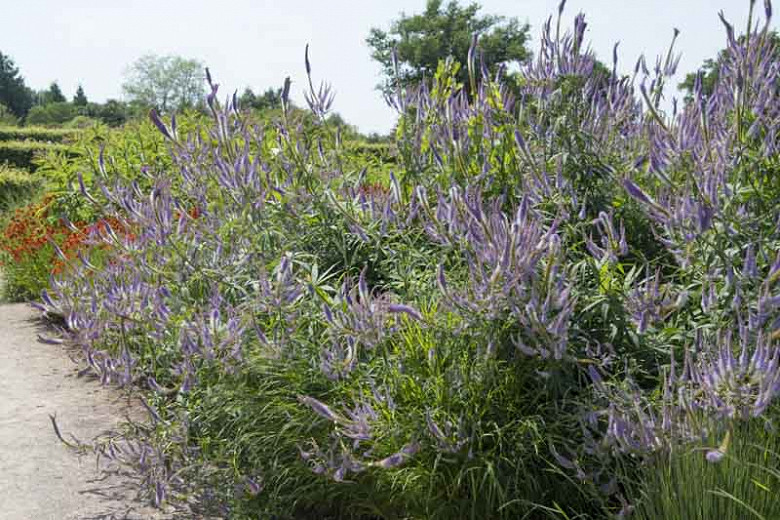
- Calendula. Calendula is a flowering plant that is native to Europe and Asia. It is known for its bright orange and yellow flowers, which attract beneficial insects. Calendula also helps to repel pests, such as aphids and spider mites.
- Marigold. Marigolds are flowering plants that are native to Central America. They are known for their bright orange and yellow flowers, which attract beneficial insects. Marigolds also help to repel pests, such as nematodes and root knot nematodes.

- Nasturtium. Nasturtiums are flowering plants that are native to South America. They are known for their colorful flowers and their edible leaves. Nasturtiums help to repel pests, such as aphids and whiteflies. They also help to improve the nitrogen content of the soil around the culver's root.

- Chives. Chives are a type of onion that is native to Europe and Asia. They are known for their edible leaves and their flowers. Chives help to repel pests, such as aphids and spider mites. They also help to improve the drainage around the culver's root.

- Garlic. Garlic is a type of onion that is native to Central Asia. It is known for its edible cloves and its strong smell. Garlic helps to repel pests, such as mosquitoes and flies. It also helps to improve the soil quality around the culver's root.

Post a Comment for "The Best Companion Plants For Culver's Root"